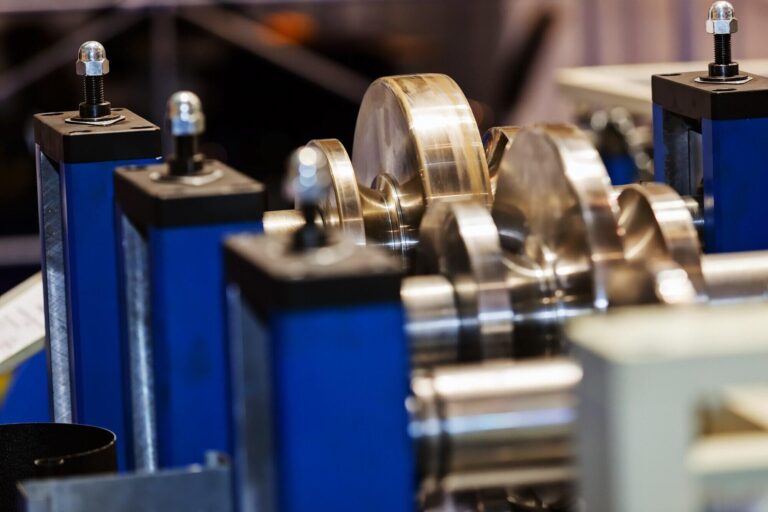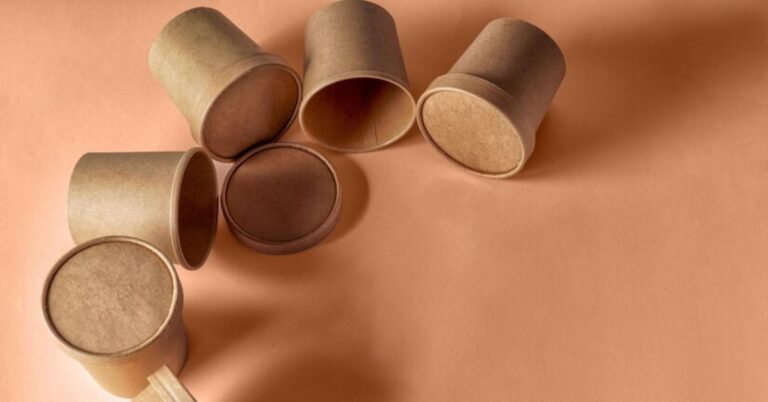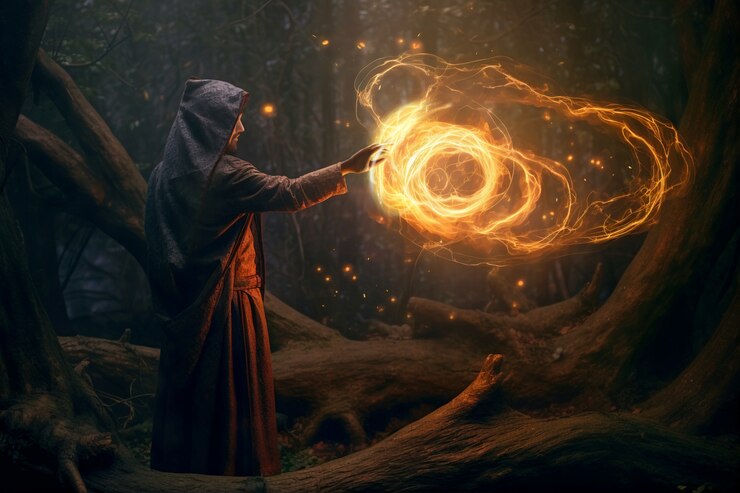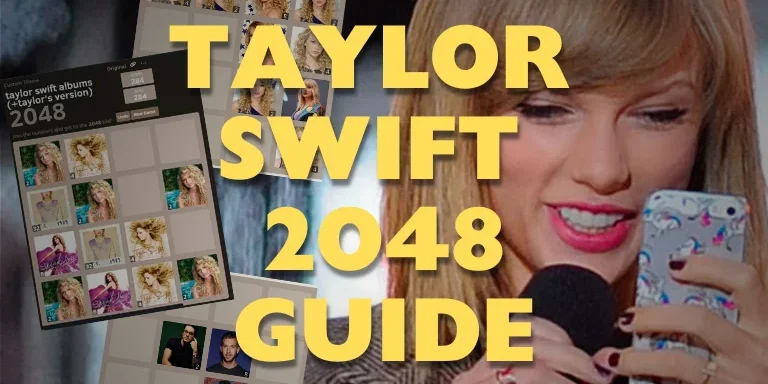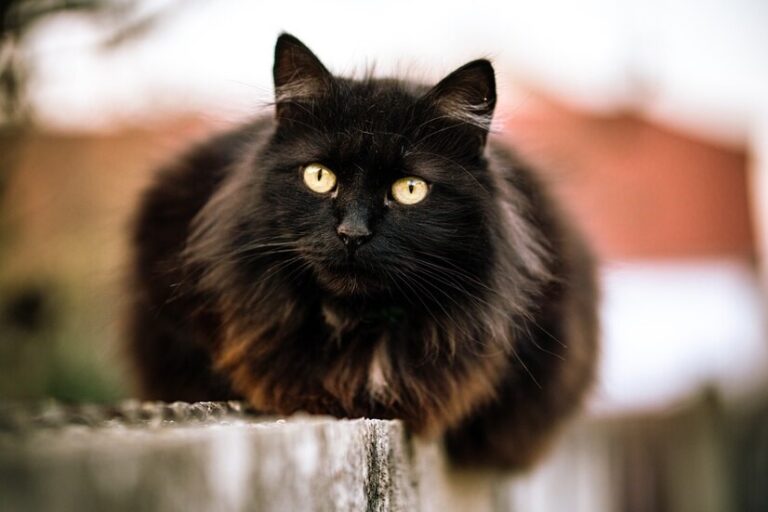What is Fluoro Diving?
Did you know that the light used in most fluoro torches is between 440-480nm? This range excites the fluorescence of Green Fluorescent Protein (GFP) in marine life. Welcome to the world of fluorescent night diving, also known as fluo diving or glow diving. Here, we see corals, marine creatures, and some fishes glowing in neon colors under UV or blue lights. Fluoro diving is more than a visual treat; it opens up a world of hidden underwater fluorescence. High-energy lights, especially blue light, help us see this beauty at depths over 10 meters. Imagine seeing vibrant corals or glowing fish in their true colors!
This diving practice is also key in marine biology research, helping us understand coral health and the impact of climate change. Let’s learn more about fluoro diving!
Things to Know About Fluoro
- Fluoro diving uses wavelengths of 440-480nm to reveal GFP in marine organisms.
- Blue light is more effective than UV light, especially at depths beyond 10 meters.
- Fluo diving aids in marine biology research and coral health studies.
- Nusa Penida in Indonesia is a popular site for fluorescent night diving.
- Specialized equipment includes UV flashlights and lens filters to enhance underwater fluorescence.
Introducing Fluorescent Night Diving
Fluorescent night diving, also known as fluo diving or glow diving, is a special way to see the underwater world. It uses UV lights to show marine life in bright, neon colors. This creates a magical sight that’s different from regular night diving.
What is Fluorescent Night Diving?
Fluorescent night diving shows the hidden beauty of biofluorescence under the sea. Marine life absorbs UV light and then shines in colors like pink, green, and blue. This makes fluo diving a unique and exciting experience for those who love the sea.
How Does Fluorescence Work?
The science behind marine fluorescence is fascinating. When blue light hits fluorescent materials, it’s absorbed and then shines back out as longer wavelength light. This light is seen through yellow filters that divers use. Blue light is more effective at making corals glow than UV light.
This makes the underwater world glow in a surreal, neon way.
What Will You See when Fluo Night Diving?
When you go fluorescent night diving, you’ll see marine life glowing in bright colors. Places like Bonaire, Grand Cayman, Indonesia, Maldives, and the Red Sea are great for this. Nusa Penida in Indonesia has a special diving package that includes everything you need.
Underwater, you might see glowing corals, anemones, nudibranchs, cephalopods, and scorpion fish. This glowing light shows us the secret lives of sea creatures in the dark ocean.
Need to Bring for Fluorescent Night Diving
Fluorescent night diving lets us see marine life in bright, glowing colors. It’s a unique way to explore the underwater world. When getting ready, we need to pack the right diving gear.
Remember Lights and Filters
For a magical fluo diving experience, we need the right lights and filters. We must have blue dive lights and UV lights. Also, dichroic filters are key to enhancing what we see. Dive centers like Legend Diving provide the needed gear weekly, making it easier for us.
Excitation Filters
Excitation filters are crucial in our diving gear. They work with our lights to create the blue light needed for marine biofluorescence. A good blue light, costing about $70, paired with a quality filter, is essential for the best effect.
Barrier Filters
Barrier filters are also vital. They block excess blue light, letting us see the fluorescence. We can attach them to our masks or cameras for the best view of the glowing colors.
Blue Light vs. UV Light
Choosing between blue and UV lights is important for a safe, amazing dive. Blue lights are safer and more efficient for biofluorescence. Top brands like Big Blue, OrcaTorch, and Light & Motion make blue dive lights for fluo diving.
| Light Type | Cost | Preferred Brands |
| Blue Lights | $70 | Big Blue, OrcaTorch, Light & Motion |
| UV Lights | Varies | Big Blue, OrcaTorch |
With the right diving gear, including blue lights and filters, we’re set for an unforgettable fluo dive. Let’s dive into this glowing world and make lasting memories.
How Do You Shoot Underwater Photography at Night?
Capturing the beauty of underwater life at night is special. It requires the right techniques and equipment. With the right approach, we can capture the glowing marine life beautifully.
Photographic Techniques
There are many techniques for underwater photography. Knowing them helps us choose the best for our goals.
Wide-angle (Painting with Light)
Wide-angle photography is great for big underwater scenes. It shows off the biofluorescence of corals and creatures. We use light to “paint” the scene, making it glow in the dark.
Macro
Macro photography focuses on small subjects like nudibranchs and seahorses. It highlights their details and colors. Make sure you have a macro lens for low light.
Video
Video recording at night shows the movement of glowing marine life. It brings the underwater world to life. Use continuous light sources for bright footage.
Strobes vs. Torches
Choosing between strobes and torches depends on your style and subjects. Strobes are powerful and preserve colors. Torches provide continuous light for focusing. Using both offers flexibility.
Strobes
- Provide bursts of high-output light
- Ideal for still photography
- Helps preserve natural colors
Torches
- Continuous light source
- Assists in focusing and composing shots
- Perfect for video recording
Fluorescence photography is inefficient, so high ISO cameras are needed. Adjusting camera settings helps capture marine life’s glow. Post-processing can also enhance the images.
Mastering these techniques and using the right equipment leads to amazing photos. We can reveal the hidden wonders of the deep sea at night.
Camera Configurations / Settings
When you dive to photograph, setting up your camera is key. You need to adjust ISO, aperture, and shutter speed for low light and bright colors. This ensures your photos capture the beauty of the underwater world.
Manual settings help balance light, keeping colors vivid. Shooting in raw format gives you more control over your photos. This way, you can enhance the colors and details of marine life.
High ISO settings, f/8 to f/11 apertures, and 1/60s shutter speed work well. Turning off the histogram and adjusting the white balance can also improve color. These tips help capture the beauty of underwater life.
For beginners, these photography tips are a great start. They make diving and photography an amazing experience. Places like Nusa Penida offer a chance to see glowing marine life up close.
Right Time and Conditions to Shoot
To capture the stunning glow of marine life, finding the optimal diving conditions is key. The best time is during new moon phases when the sky is darkest. Clear water and calm currents help the fluorescence shine brightly against the dark.
Good dive planning means working with local dive operators. They know the best times and conditions for the dive site. This ensures a safe dive and clearer photos.
Choosing the right light is crucial. Blue light is better than UV for a brighter glow. New LEDs make it easier to capture the neon colors of corals and marine life.
When planning your dive, think about your equipment. You’ll need a blue light, a night sea Sola, and barrier filters. The right camera settings, like shutter speed and ISO, are also important for clear photos.
For sharp images in low light, use a shutter speed of 1/160 sec. For a creative look, try a longer exposure of 1/8 sec to 1/13 sec.
In short, the right environment, technology, and dive planning make underwater photography amazing. It offers a unique view of the ocean’s beauty.
Fluo Diving Safety
To enjoy fluoro diving, it’s crucial to follow important safety tips. Understanding the night diving environment and its hazards is key. Divers need experience in navigating, controlling buoyancy, and communicating in the dark.
- Diving precautions include using the right gear. Blue flashlights and yellow filters are essential for seeing marine life’s glowing patterns.
- Fluorescent night diving is for experienced divers. It requires navigating and responding well in the dark. Getting a Night Diver specialty certification from PADI is important.
- Staying safe means avoiding underwater hazards. Always carry a backup light and watch out for non-fluorescent items. Keeping an eye on your air and staying with your group reduces risks.
Always prioritize diver wellbeing. Check your gear thoroughly before diving. A dive light is vital for seeing and signaling your position. Having a clear dive plan makes the experience safer and more enjoyable.
| Key Fluoro Diving Precautions | Importance |
| Blue Flashlights & Yellow Filters | Enhances visibility and fluorescent effect |
| Backup Light | Ensures safety in case of primary light failure |
| Proper Certification | Ensures training and readiness for night diving |
| Monitoring Air Supply | Prevents emergencies and ensures diver safety |
| Clear Dive Plan | Coordinates group activities and safety protocols |
Best Sites to Get Fluorescent Night Diving Experience
Fluoro diving reveals a new underwater world. It shows marine life in glowing colors with UV lights. Certain dive spots are especially great for this experience.
Nusa Penida, Indonesia
Nusa Penida is amazing for fluorescent night diving. The corals and marine life glow brightly under UV light.
But to be able to do fluo diving here, you must choose a diving package listed on the Nusa Penida diving packages This is to ensure your safety during fluoro diving.
Red Sea, Philippines
The Red Sea is known for its clear waters and diverse marine life. It’s perfect for fluo night dives. Soft corals light up under UV, creating a magical underwater scene.
Koh Tao, Thailand
Koh Tao is known for its vibrant coral reefs and fluorescent night diving. It offers a great chance to see the underwater world in neon colors. It’s a top choice for dive travel enthusiasts.
| Dive Spot | Highlights | Special Features |
| Nusa Penida, Indonesia | Fluo night diving with vibrant marine life | Manta rays in glowing colors |
| Red Sea, Philippines | Rich marine biodiversity and clear waters | Exceptional visibility, abundant soft corals |
| Koh Tao, Thailand | International hot spot for divers | Fluorescent reefs, expert dive operators |
These top dive spots promise an unforgettable dive travel adventure. With expert operators, the right gear, and beautiful marine life, they are the best for a fluo diving experience.
Unlock Lots of Underwater Secrets with Fluorescent Night Diving
Fluorescent night diving opens a new world of marine life mysteries. UV lights and special filters turn the ocean into a neon canvas. This reveals secrets hidden during the day.
It shows the fluorescence of marine life, from corals to tiny sea creatures. This is a mesmerizing experience that uniquely shows nature’s artistry.
The Ikelite TG-5/TG-6 fluoro kit is perfect for this adventure. It comes with an Ikelite DS 161 strobe and filters. Even without manual mode, the TG-6 camera can capture stunning fluorescent images.
Adjustments in position and post-processing can make the colors pop. Green, yellow, and red hues shine brightly, with green being the most vivid.
The Light & Motion 2X GoBE+ 700 Wide and Action Camera Kit offers flexibility. It has two GoBE 700 bodies with interchangeable light heads. This kit is priced at $599 MSRP, making it accessible for recreational divers.
The SOLA Nightsea dive light is another affordable option. It has blue diodes that create dramatic bio-fluorescent effects. It comes with a yellow visor to enhance the glow of marine life.
Fluorescent night diving is not just about beautiful visuals. It also helps us understand marine ecosystems better. By studying biofluorescence, we learn about communication, camouflage, and predatory tactics.
Whether diving in Nusa Penida, Indonesia, or the Red Sea reefs, this diving is unforgettable. It reveals sights that change how we see marine life.
About Fluo FAQ
What is Fluoro diving?
Fluoro diving, also known as fluorescent night diving, is diving at night with special gear. It shows the natural glow in marine life. High-energy light makes certain sea creatures glow in bright colors.
What is Fluorescent Night Diving?
Fluorescent night diving, or fluo diving, is diving at night with special lights. It makes marine life glow in neon colors. This creates a stunning underwater scene.
How does Fluorescence Work?
Fluorescence happens when sea creatures absorb and then re-emit light in bright colors. This is different from phosphorescence, which slowly releases light. Special diving gear helps us see this glow.
What will you see when Fluo Night Diving?
Divers see marine creatures and corals in bright colors at night. This shows the hidden glow of marine life. It’s a unique experience compared to regular night diving.
What gear is needed for Fluorescent Night Diving?
You need UV or blue dive lights, dichroic filters, and yellow barrier filters for masks or cameras. These tools help see the glow and protect your eyes.
Blue Light vs. UV Light: Which is Better?
Blue LED lights are better for fluoro diving. They are safer for your eyes and more efficient at making things glow. UV lights can be harmful without protection.
What Camera Settings are optimal for Fluorescent Night Diving?
Adjust your camera settings for low light. Use manual settings to balance the light. Shooting in raw format gives you more flexibility later.
What are the Right Time and Conditions for Fluorescent Night Diving?
The best time is during new moon phases for dark skies. Look for clear water and calm seas. Dive operators can guide you to the best spots.
What Safety Precautions Should Be Taken While Fluo Diving?
Make sure you’re experienced in night diving. Know how to navigate and control your buoyancy. A Night Diver certification is recommended. Always plan your dive and stay safe.
What are the Best Sites for Fluorescent Night Diving?
Taking the plunge into Nusa Penida diving in Indonesia is the right choice. Because the island is famous for glowing manta rays. The Red Sea and Koh Tao in Thailand are also great. These places have the right conditions and gear for fluoro diving.
How does Fluorescent Night Diving unlock Underwater Secrets?
It reveals the hidden glow of marine life. This glow helps with communication, camouflage, and attracting prey. Each dive uncovers new secrets of the underwater world.


